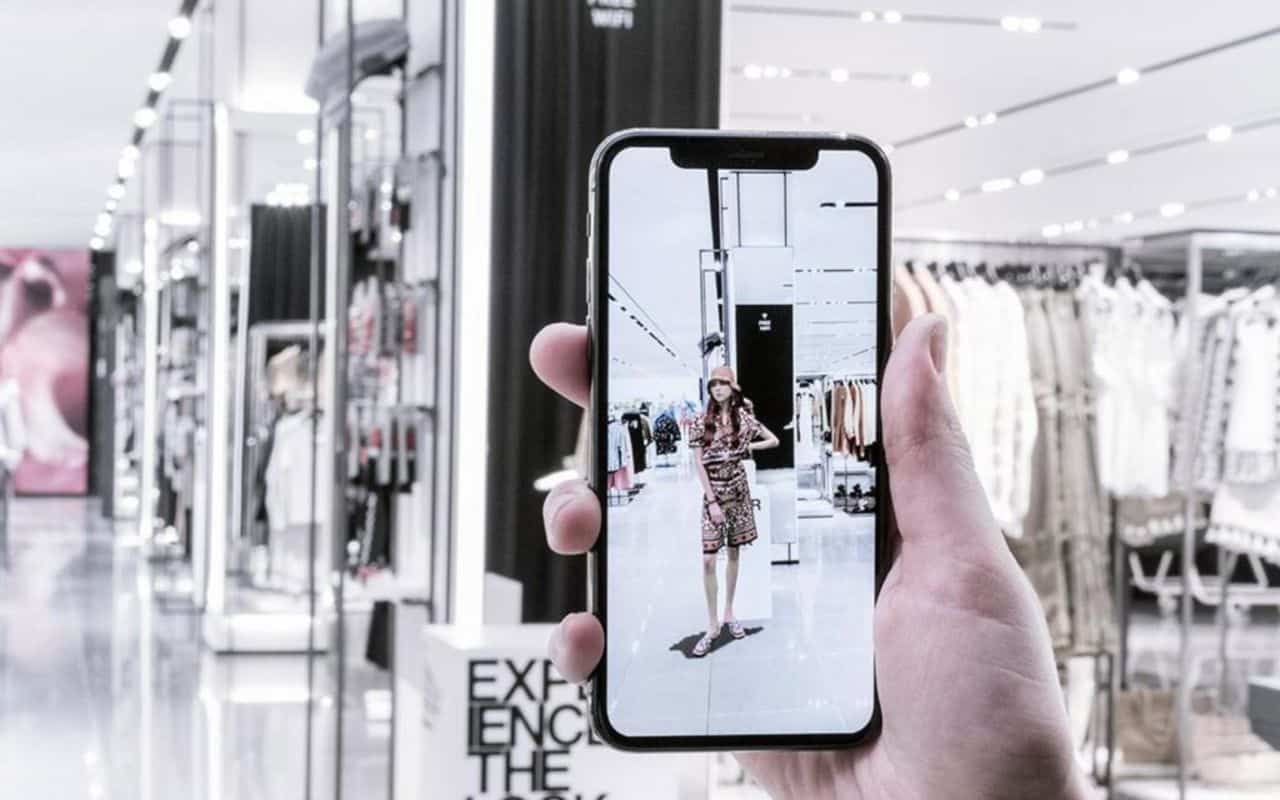Author, Rico Chan
In this uncertain world, most of us are practising social distancing and coping with lockdowns. In Southeast Asia, Malaysians and Filipinos cannot leave their homes, while Singaporeans are spending April with more stringent “circuit breaker” measures. Indonesia and Thailand have declared states of emergency, with some countries hinting at stricter measures in the days ahead.
Consumer confidence has tumbled in the fallout, with the pandemic altering how we live, work, and even shop. With everything else unpredictable and uncertain, one principle that still holds true for brands and marketers is to adopt strategies that align with emerging behavioural trends and meet new audience needs.
Connecting online is the new normal. As people learn how to adapt to the new situation, they are increasingly online, relying on phones, laptops and desktop computers to stay connected. According to research by GWI, 70 percent of people globally reported using their smartphones more often since the pandemic, while 40 per cent spend more time on their laptops.
There is no doubt that marketers have to act nimbly and move more concertedly online. The good news is that brands have an exciting canvas of tech-powered experiences to help them in their online journey. A BCG analysis on how Chinese companies fought their way through the COVID-19 crisis found that retailers who creatively drove sales online were able to mitigate the impact of store closures.
This could be a viable approach for brands in SEA too. Recognising this, the Singapore government is offering retailers huge subsidies to diversify their revenue streams and move into online shopping for the first time. “As more people turn to online shopping as a result of the COVID-19 situation, companies that have a strong online presence will have an added competitive advantage,” Trade and Industry Minister Chan Chun Sing noted in a recent Facebook post.
It bodes well for SEA that e-commerce has already gained such a foothold through regional online retailers like Lazada and Shopee, which have leveraged this format. A recent report by Forrester forecasts that the online retail market in Southeast Asia will grow more than three times its current value, to US$53 billion in 2023.
The region’s mobile economy has outpaced that of China, with more people banking, shopping and hailing rides with their smartphones than the country that first took this mainstream in Asia. Mobile devices are being used not only to research brands and products but also to make purchases in real-time. This presents an opportunity for brands to build on, as consumer actions consolidate online, especially now, during a necessary period of transition.
Digital experiences served online can provide advertisers with the ability to communicate, measure, predict and respond in new ways. In the absence of physical store visits, e-commerce can help consumers discover, explore and interact with a brand, and importantly for retailers, turn browsing into buying.
Creating opportunities for users to discover what they love. As consumers grapple with a new way of living, brands need to deliver experiences that are relevant and provide utility for them, connecting consumers to their passions and giving them what they want, when they need it most. Brands that can bring content and commerce together in a meaningful, engaging environment, will be able to effectively bridge the gap between discovery and purchase.
Right now, consumers are searching for content and products to stay productive and sane at home. Brands have the opportunity to surface ideas that can drive purchases that are useful and helpful for these consumers. Editorially curated content and ideas on the “At-Home’ edition on Yahoo shopping helped users work from home, stay fit and balance family, along with the apps and products that could make this a more seamless transition. Shoppable content offers overlapping paths to bring context and convenience together with information and inspiration. It can be a powerful way for brands to reach consumers through a format that feels intuitive, useful, and is topical.
With malls closed, Shoppable video is making it easier for people to shop the looks they love from their favourite videos from the comfort of their home. These can be optimised for mobile experiences as well, making the screen you see shoppable and providing instant call to actions that lead directly to purchase. We’ve seen encouraging results so far with campaigns exceeding expectations – garnering click-through rates two times and engagement rates three times higher than the industry average for custom interactive videos.
As technology evolves and 5G arrives in the region, we can expect shoppable content beyond articles and videos – think experiential marketing, live events, games, immersive experiences and more.
When it was hit by coronavirus store closures, Chinese cosmetics manufacturer Lin Qingxuan live-streamed streamed content on Valentine’s Day to recommend products on e-commerce channels. This alone attracted more than 60,000 viewers and sold out more than 400,000 bottles of camellia oil. Similarly, at the 11.11 shopping event last November, just one Deals alert article on Yahoo Lifestyle Singapore drove more than 500 transactions for an e-commerce client.
Recreating the brick-and-mortar experience online. With lockdowns and restricted mobility in physical spaces, there will be periods during which consumers can no longer experience a product in person. Immersive formats like augmented reality (AR) ads can prove tremendously useful for this use case because they allow the user to view the product in the environment it is meant for. These 3D formats place simulated products in real-world environments, making it easier for consumers to see a product from all angles, vastly easing the purchase decision. It can also help with sizing up, say, a table, so you can gauge if it fits in your home.
AR ads are a win-win for both consumers and brands. They help eliminate expensive errors in judgement by consumers, minimise returns and deliver results for brands. Our research has also found that 60% of consumers said an innovative augmented reality (AR) ad format led them to like a brand more, an important consideration to stand out in this tough marketing landscape.
At a time of social distancing, AR ads can also allow customers to test products on themselves, such as cosmetics or accessories like sunglasses, jewellery and watches, making browsing a catalogue a fun experience from the safety of their homes.
For instance, Sephora’s virtual makeup try-on app that leverages AR has enabled the beauty retailer to solve its problem with online makeup shopping by allowing customers to try their products in a fuss-free manner, and most importantly during this period, in the comfort of their own homes. Similar applications with virtual try-ons would make the journey easier for consumers at times when social isolation is recommended or enforced.
Other immersive XR experiences like 360-degree video, could have a range of applications when a visit to a showroom or store is not possible. The possibilities here are only limited by our own imagination.
At a time like this, marketers need to adapt to evolving consumer behaviour with effective ad solutions that meet new needs, close existing gaps and cater to people’s passions. By delivering online experiences that provide utility and are relevant, immersive and fun, brands can find new opportunities through this crisis, emerging stronger, one click at a time.
Rico Chan is the Co-Head APAC, Verizon Media
Do you have an article, infographic, podcast, presentation slides, press release or a key individual from your organisation that you'd like to highlight on Marketing In Asia? Head on over to Upload Your Content for more info.



















